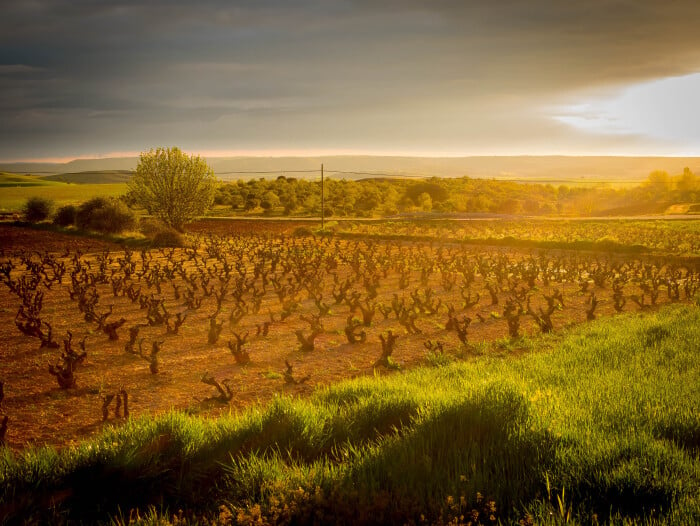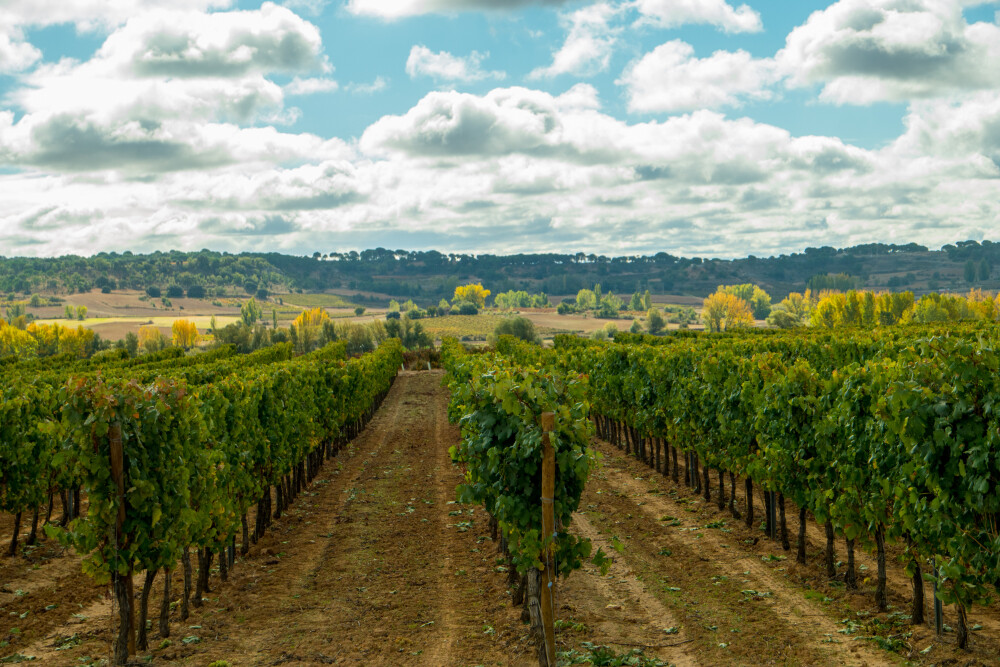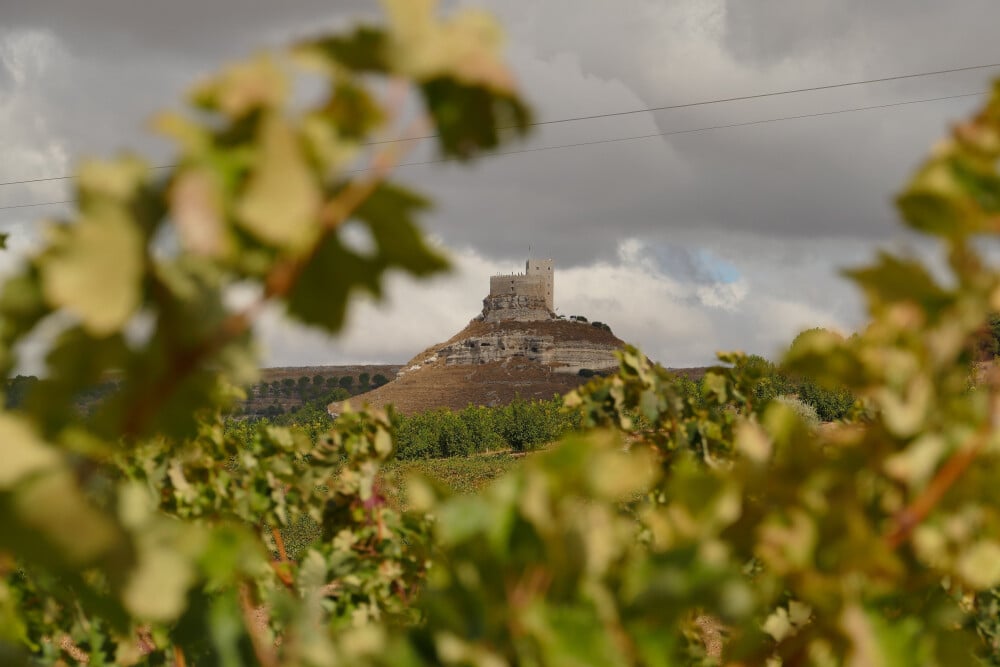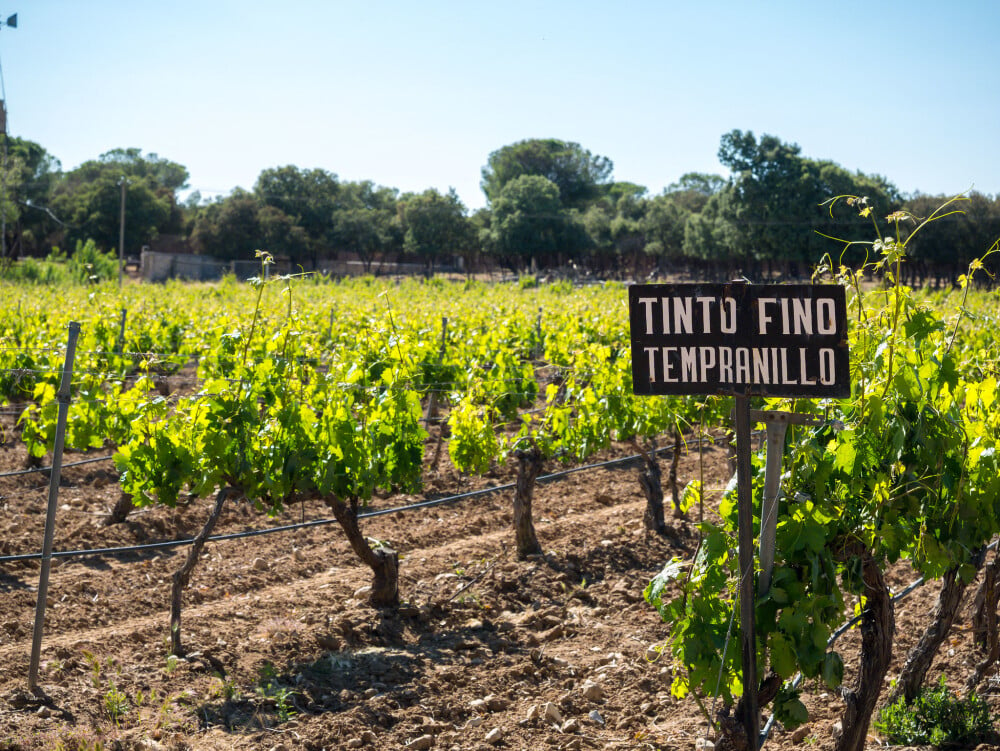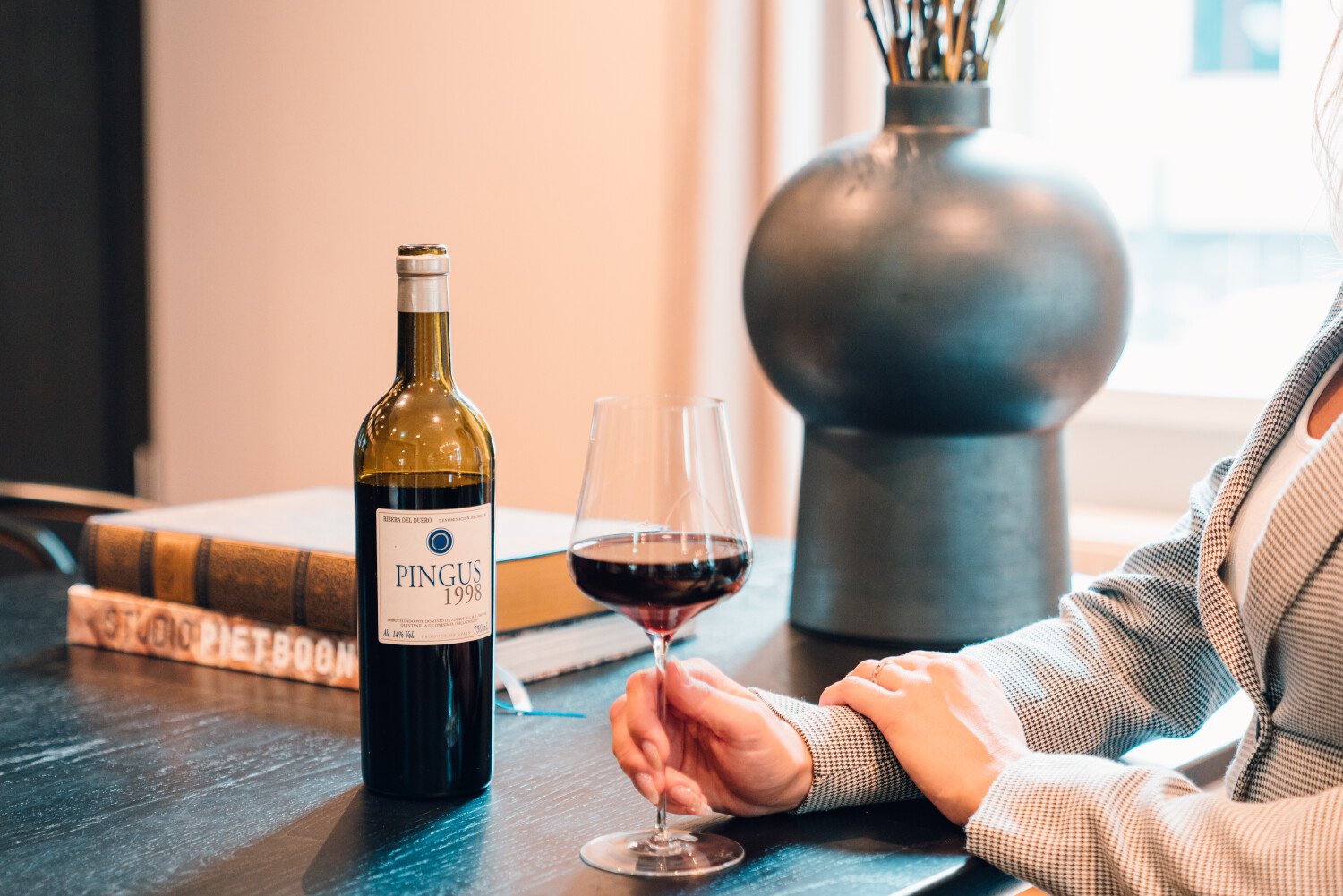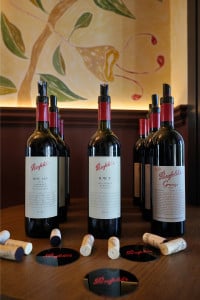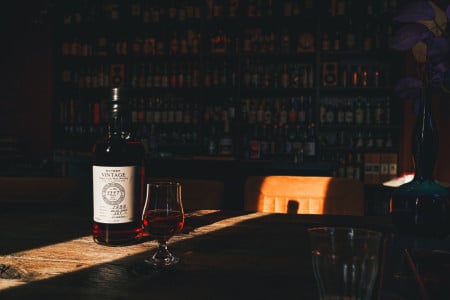Which factors determine the success of Ribera del Duero?
What Don Eloy Lecanda and later also Alejadro Fernández had spotted very well is that the area around the river Duero is extremely suitable for the production of quality wine, caused by a number of critical factors.
First of all, there is the harsh continental climate that cannot be compared with the friendly climate that we know from the Spanish Costas. The locals themselves describe it as “9 months of winter, 3 months of hell”. Everything in Ribera is intense. The number of sun hours is 2,400 per year. During the three summer months it is scorching hot during the day (hence "hell") without a drop of rain and in winter the mercury easily drops to -20 °C and even lower. Perhaps most important for the quality of Ribera wines is the temperature difference between day and night (diurnal range) during the growing season. Due to the location of the vineyards between 720 to 1,100 meters above sea level on the Spanish mountain plateau "Meseta Central", temperatures drop dramatically at night. Even in summer it can be surprisingly cold at night! Grapes, however, love that temperature difference between day and night. During the warm days, the grapes receive plenty of sun and heat to ripen perfectly. Then, at night, the photosynthesis that ensures that ripening, is abruptly interrupted, causing the grapes to go into a state of shock, so to speak, and thus to settle down and - very important! - hold their acids well. You can taste the result of this in the wine. Ribera del Duero wines are full, ripe and robust and generally have a substantial alcohol percentage, but also always have a pleasant amount of acidity that ensures finesse and a good balance.
The river Duero, namesake of the DO, of course also has an important impact on the wine region. The proximity to the river moderates the temperature in the surrounding vineyards and protects the canes against night frost in the spring and autumn. The river also creates stone-rich deposits. In the upper vineyards, the soil mainly consists of limestone and clay.
Another important point for the quality of Ribera del Duero is the high percentage of old bush vines from the tinto fino grape (also called tinta del país). Some even date from the pre-phylloxera era! Tino fino is a clone, a local variety of the tempranillo grape. The power of old vines lies in the fact that they are so deeply rooted that they can survive, even in extreme drought. And although the yield of old vines is much lower than that of younger ones - both in the number of bunches and the size of the grapes - the concentration and power of the wine they yield is unparalleled.


